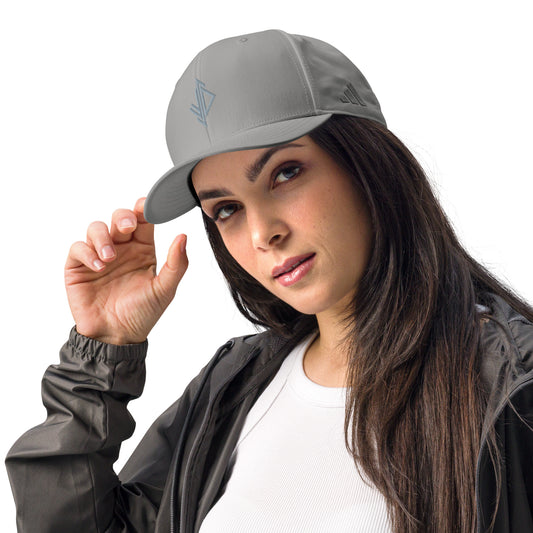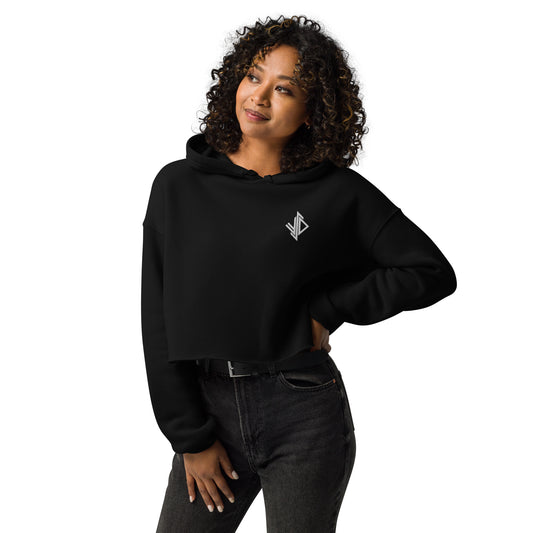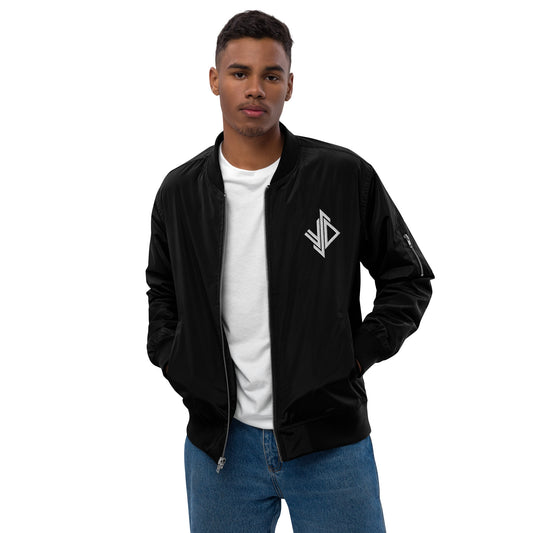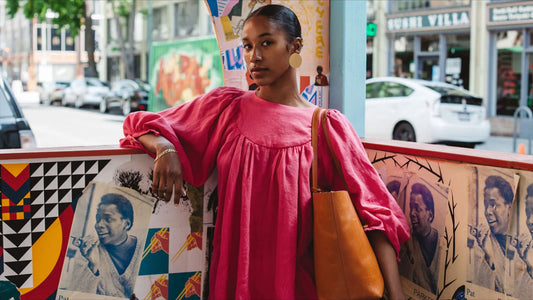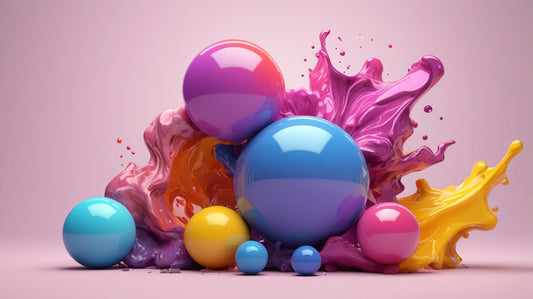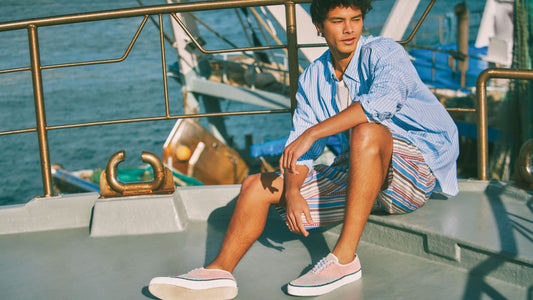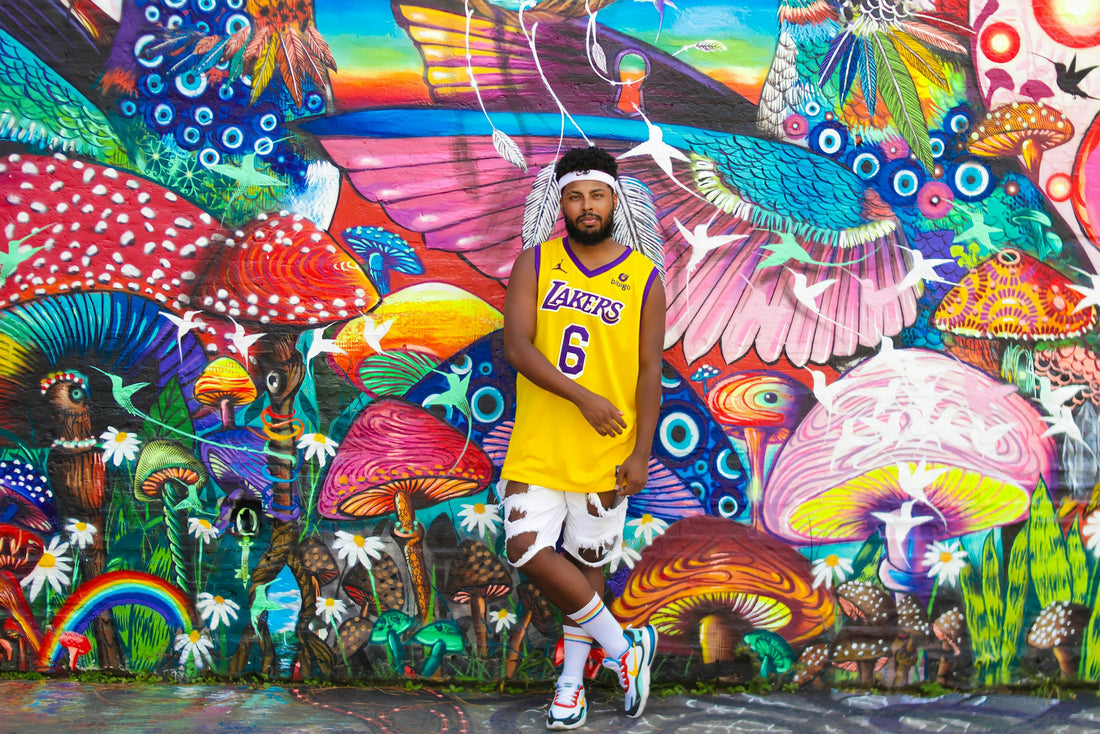
Symbiotic Pulse: Art and Fashion Trends Converge
In the ever-evolving landscape of creativity, art and fashion have long been intertwined, each influencing and reflecting the other in a dynamic dance of inspiration. Today, this relationship has grown even more intricate, fueled by the rapid exchange of ideas in the digital age. The symbiotic pulse between art and fashion is not just a historical phenomenon but a living, breathing force that shapes how we express ourselves and interpret the world around us.
This blog post delves into the fascinating interplay between art and fashion trends, exploring how they converge, influence each other, and redefine cultural narratives in the 21st century. From the role of social media to the rise of interdisciplinary collaborations, we will uncover the mechanisms driving this creative synergy and its impact on both industries.
The Historical Roots of Art and Fashion Intersection

The connection between art and fashion is not a modern invention. Throughout history, artists and designers have drawn inspiration from one another, creating a rich tapestry of shared ideas. In the Renaissance, painters like Botticelli and Titian influenced the elaborate garments of their time, while the Art Nouveau movement of the late 19th century saw fashion designers like Paul Poiret embracing flowing, organic forms inspired by art.
The 20th century further cemented this relationship, with iconic collaborations such as Salvador Dalí’s work with Elsa Schiaparelli and Yves Saint Laurent’s Mondrian dress. These moments were not just about aesthetics but also about challenging societal norms and pushing the boundaries of creativity.
Today, this historical interplay has evolved into a more fluid and accessible exchange, thanks to the democratizing power of technology. The digital age has erased many of the barriers between art and fashion, allowing for a more seamless fusion of ideas.
The Digital Catalyst: Social Media and Instant Inspiration

One of the most significant drivers of the modern art-fashion symbiosis is social media. Platforms like Instagram, TikTok, and Pinterest have become virtual galleries and runways, where artists and designers can showcase their work to a global audience. This instant accessibility has transformed how trends are born and disseminated.
For instance, an emerging artist’s work can go viral overnight, catching the eye of fashion designers who incorporate its motifs into their collections. Similarly, a bold fashion statement on the runway can inspire digital artists to create new interpretations, sparking a cycle of mutual inspiration.
Social media has also blurred the lines between creator and consumer. Fashion enthusiasts can now engage directly with artists and designers, sharing their own interpretations and contributing to the evolution of trends. This participatory culture has made the art-fashion relationship more dynamic and inclusive than ever before.
The Rise of Interdisciplinary Collaborations
Another key factor in the convergence of art and fashion is the rise of interdisciplinary collaborations. Today, it is not uncommon to see artists working alongside fashion houses, or designers venturing into the art world. These partnerships often result in groundbreaking creations that challenge traditional categorizations.
For example, Louis Vuitton’s collaboration with contemporary artist Jeff Koons resulted in a collection of handbags featuring iconic works by masters like Da Vinci and Van Gogh. Similarly, brands like Gucci and Dior have enlisted the help of digital artists to create immersive experiences that blend fashion, art, and technology.
These collaborations are not just about aesthetics but also about storytelling. By merging their unique perspectives, artists and designers can create narratives that resonate on a deeper level, tapping into cultural zeitgeists and sparking meaningful conversations.
The Role of Technology in Shaping Trends
Technology has become a powerful tool in the art-fashion symbiosis, enabling new forms of expression and innovation. From 3D printing to augmented reality, advancements in tech are pushing the boundaries of what is possible in both fields.
For instance, digital fashion—a concept where clothing exists only in the virtual realm—has gained traction in recent years. Artists and designers are creating stunning digital garments that can be worn in virtual spaces or superimposed onto real-world images. This fusion of art and fashion not only challenges traditional notions of wearability but also opens up new possibilities for self-expression.
Similarly, augmented reality (AR) is being used to create immersive experiences that blend art and fashion. Brands like Balenciaga have experimented with AR filters that allow users to “try on” virtual outfits, while artists like Olafur Eliasson have used AR to bring their installations to life in new and unexpected ways.
Sustainability and the Art-Fashion Nexus
As the world grapples with environmental challenges, sustainability has become a central theme in both art and fashion. This shared focus has further strengthened the bond between the two industries, as they collaborate to find innovative solutions.
For example, some designers are turning to recycled materials and upcycling techniques to create eco-friendly collections, while artists are using their work to raise awareness about environmental issues. The result is a growing movement that combines creativity with consciousness, proving that art and fashion can be both beautiful and responsible.
The Cultural Impact of Art-Fashion Convergence

The convergence of art and fashion is not just a creative phenomenon but also a cultural one. By blending their unique languages, artists and designers can address complex social issues and reflect the diversity of human experience.
For instance, the rise of streetwear in fashion has been heavily influenced by urban art and graffiti, reflecting the voices of marginalized communities. Similarly, the growing representation of diverse body types and identities in both art and fashion is challenging traditional beauty standards and promoting inclusivity.
This cultural impact extends beyond individual works to shape broader societal narratives. Through their collaborations, artists and designers can amplify important messages and inspire change, making the art-fashion symbiosis a powerful force for social progress.
The Future of Art and Fashion Trends
As we look to the future, the relationship between art and fashion is poised to become even more intertwined. Emerging technologies like artificial intelligence and blockchain are already beginning to influence both industries, opening up new avenues for creativity and collaboration.
For example, AI-generated art is being used to create unique textile patterns, while blockchain technology is enabling new forms of ownership and authenticity in both art and fashion. These innovations are not just transforming how we create and consume but also redefining the very nature of creativity.
At the same time, the growing emphasis on sustainability and inclusivity is likely to continue shaping the art-fashion nexus, as both industries strive to create a more equitable and environmentally conscious world.
Key Takeaways
To summarize, the symbiotic relationship between art and fashion is a multifaceted and ever-evolving phenomenon. Here are some key points to remember:
1. Historical Roots: Art and fashion have influenced each other for centuries, with iconic collaborations paving the way for modern trends.
2. Digital Catalyst: Social media and technology have democratized creativity, making the art-fashion relationship more accessible and dynamic.
3. Interdisciplinary Collaborations: Artists and designers are increasingly working together, resulting in innovative and boundary-pushing creations.
4. Technological Innovation: Advances in technology are enabling new forms of expression, from digital fashion to augmented reality.
5. Sustainability: Both industries are embracing eco-friendly practices, using their platforms to promote environmental awareness.
6. Cultural Impact: The convergence of art and fashion is shaping societal narratives and promoting inclusivity.
7. Future Trends: Emerging technologies and a focus on sustainability are likely to drive the art-fashion symbiosis in the years to come.
Conclusion
The symbiotic pulse between art and fashion is a testament to the power of creativity and collaboration. In the digital age, this relationship has reached new heights, driven by technology, inclusivity, and a shared commitment to innovation.
As we continue to navigate an increasingly complex world, the convergence of art and fashion offers a beacon of hope and inspiration. By blending their unique perspectives, artists and designers can create works that not only captivate the eye but also touch the soul, reminding us of the transformative power of creativity.
Whether through a viral Instagram post, a groundbreaking collaboration, or a sustainable fashion collection, the art-fashion symbiosis is shaping the way we see and express ourselves. And as we look to the future, one thing is certain: this dynamic relationship will continue to evolve, inspiring new generations of creators and redefining the boundaries of what is possible.
So the next time you admire a piece of art or try on a new outfit, take a moment to appreciate the intricate dance between these two worlds. After all, in the words of Coco Chanel, “Fashion is not something that exists in dresses only. Fashion is in the sky, in the street; fashion has to do with ideas, the way we live, what is happening.” And art, as we know, is the mirror that reflects it all.



